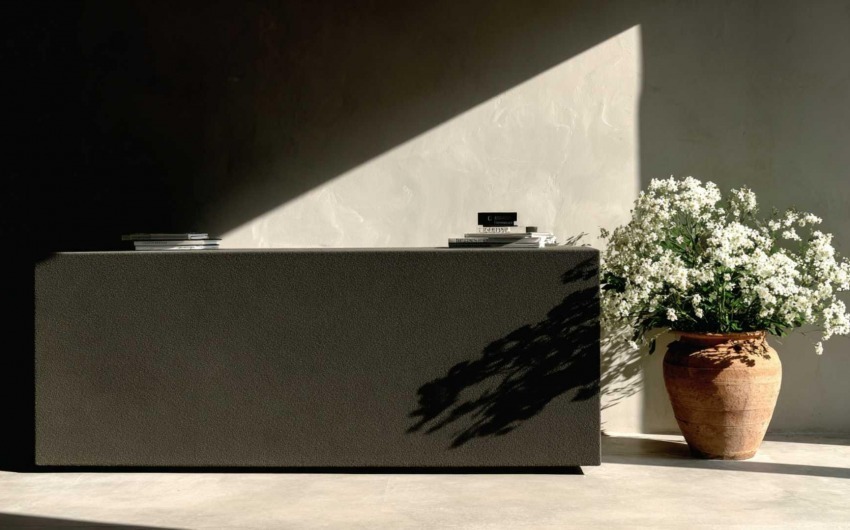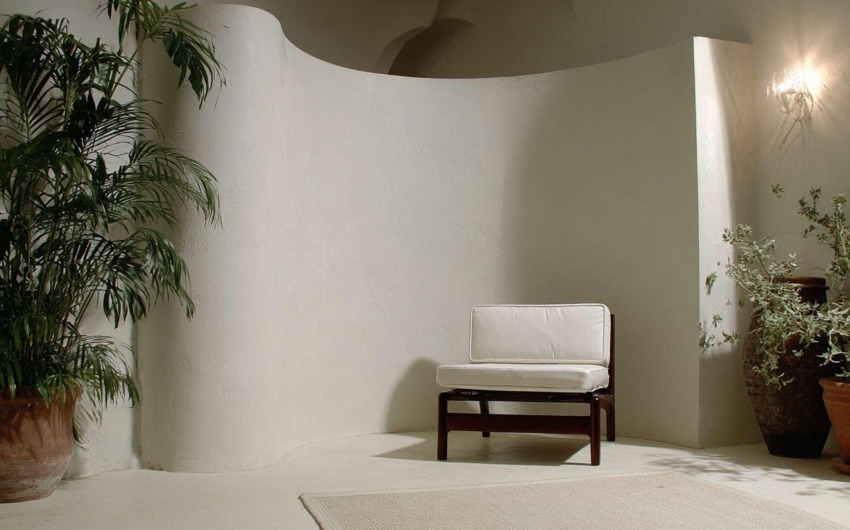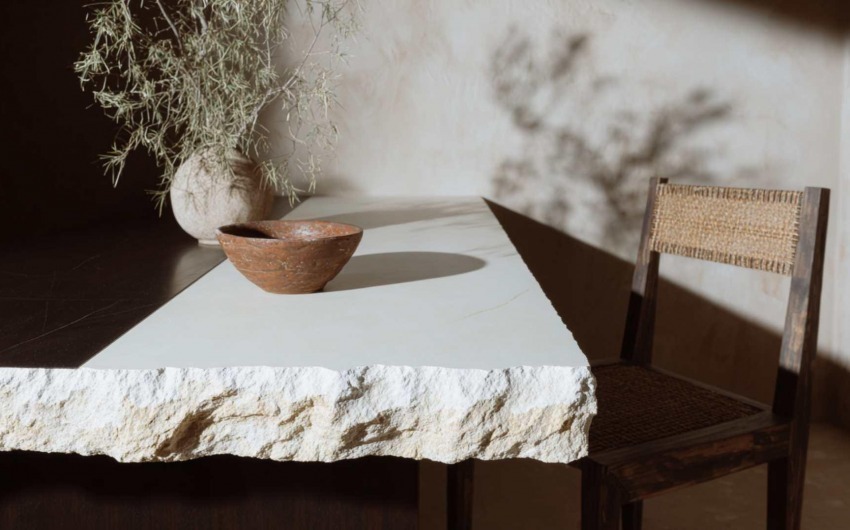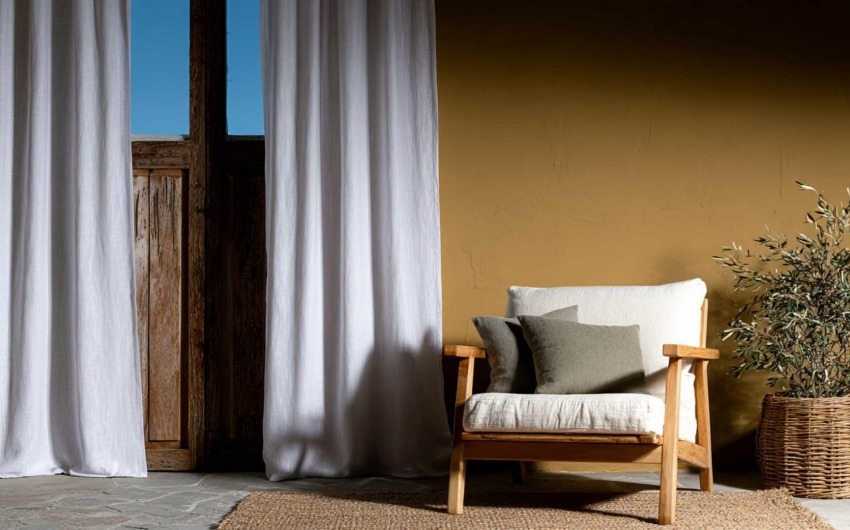10/20/2023
Advantages of Open Space:
Collaboration: Open spaces encourage collaboration among employees. It's easier to communicate and share ideas, fostering a sense of teamwork.
Flexibility: Open spaces can be easily adapted to changing needs. They allow for a dynamic and versatile workspace.
Cost-Efficient: Typically, open spaces require less construction and maintenance than traditional cubicles or closed offices, which can be cost-effective.
Natural Light: With fewer physical barriers, natural light can reach more areas, creating a pleasant and well-lit environment.
Disadvantages of Open Space:
Lack of Privacy: Open spaces can be noisy and lack privacy, which may hinder concentration and individual tasks.
Distractions: The open layout can lead to more distractions, affecting productivity and focus.
Personal Space: Some employees may feel uncomfortable without personal space, which could lead to decreased job satisfaction.
Design Tips for Open Spaces:
Acoustic Solutions: Use acoustic panels, carpets, and dividers to minimize noise and create more private work areas.
Layout Planning: Strategically plan the layout to create zones for focused work and collaboration. Use flexible furniture and movable partitions.
Greenery: Incorporate plants to improve air quality and create a more inviting atmosphere.
Ergonomic Furniture: Invest in ergonomic furniture to ensure employee comfort and well-being.
Personalization: Allow employees to personalize their workstations to make the space feel more like their own.
Meeting Spaces: Designate meeting rooms or huddle areas for discussions and private conversations.
In conclusion, open space offices can offer numerous benefits, such as enhanced collaboration and flexibility. However, they also present challenges like noise and distractions. A well-designed open space considers both the advantages and disadvantages, creating a balanced and efficient work environment."
_14077b47db_23.jpg)
Interior Designer since 1985
CEO & Founder, Italian Design in the World




_0f565b1edb_633.jpg)
